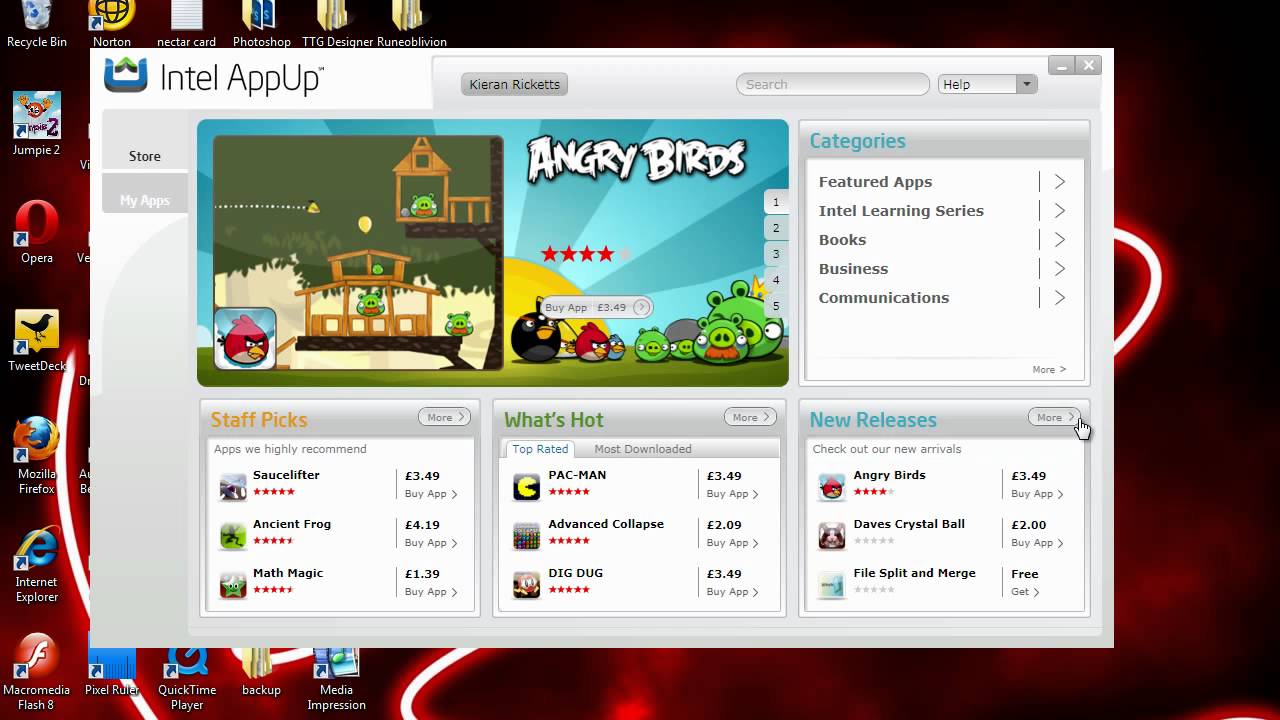
WWW.TORRENTZ2.EU JUTOH HOW TO
The party did not agree on how to respond to the growing protests. Escalation of Tensions Internal Disagreements in the Party Three students carried a petition requesting a meeting with leaders, but no leaders emerged from the Great Hall. They sought greater accountability, increased political participation, and freedom of speech and the press.Īt Hu's memorial the following week, 100,000 students gathered in Tiananmen Square. Some students took advantage of the gatherings to call for reforms. When Hu died on April 15, 1989, students mourned publicly. His support of a 1986 student protest led the party to remove Hu. Popular with students, Hu had supported broader reforms.

Hu Yaobang served as General Secretary of the Communist Party from 1982 to 1987. The economic opening also encouraged a desire for similar political reforms. However, by 1989, inflation and corruption posed challenges to broader benefits. The reforms improved the overall wealth of the country. China lifted some price controls and allowed limited private and foreign investment. Contextįollowing the ousting of Maoist leaders in 1978, Communist Party leaders liberalized economic policies. Tensions escalated until June 4, 1989, when heavily armed forces fired on peaceful civilians, likely killing thousands of people and wounding many more.


The protest spread throughout the country and expressed frustration with inflation, corruption, and the slow pace of political reform. In China in April 1989, students initiated protests in universities and in Beijing's Tiananmen Square. The Tiananmen Square Protests of 1989 Tiananmen Square, China.


 0 kommentar(er)
0 kommentar(er)
